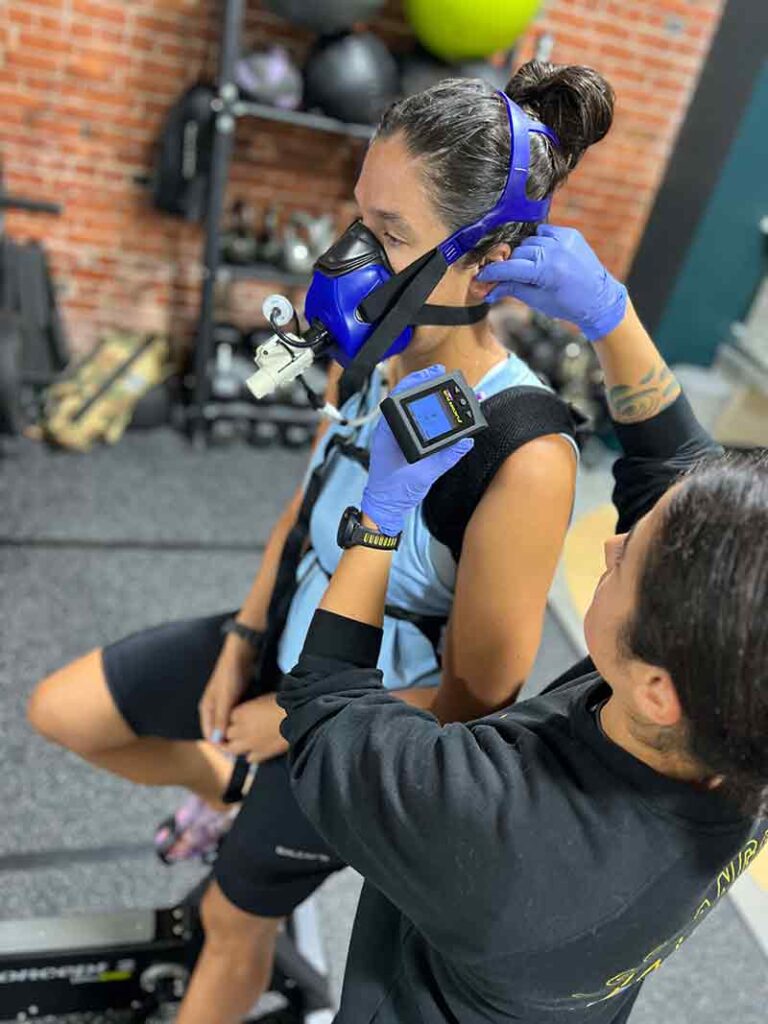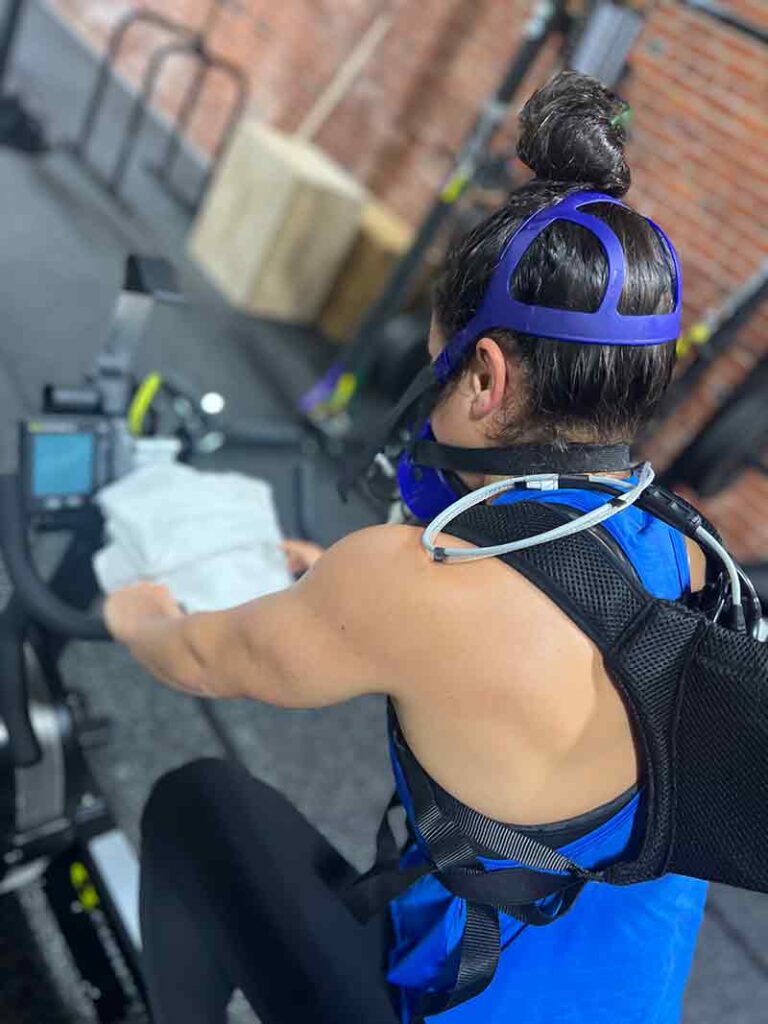Metabolic Exercise Test
Metabolic Exercise Test: Unlocking Your Body’s Metabolic Machinery
At Physician Coach, our dedication is to assist you in achieving your fitness goals, enhancing your overall health, and promoting longevity. Uncover the details of our Metabolic Exercise Test, commonly known as a VO2 Max Test, to gain valuable insights into your metabolic responses flexibility. Learn about the test procedure, what to anticipate, and how this data can significantly benefit both peak performance and chronic disease management. Take the first step toward a healthier, fitter you with our Metabolic Exercise Test at Physician Coach.
Understanding the
Metabolic Exercise Test
Unlocking Your Body's Potential
A Metabolic Exercise Test measures your body’s oxygen consumption and metabolic responses during physical activity. This comprehensive assessment is not just about enhancing athletic performance; it’s a holistic tool that can benefit everyone, from athletes aiming for peak performance to individuals seeking to manage chronic diseases and optimize their longevity.
What to Anticipate During Your Test
- Pre-Test Consultation
- Your journey begins with a pre-test consultation. We’ll discuss your fitness aspirations, medical history, and any questions you may have.
- Test Setup
- You’ll be comfortably fitted with a breathing mask for precise measurement of oxygen and carbon dioxide levels.
- To monitor your heart rate, you will be connected to a chest strap.
- Your resting lactate will be measured using a blood prick at your earlobe.
- Gradual Exercise Progression
- The test starts with light exercise on a stationary bike.
- The intensity increases at three minute intervals to assess your physiological response to increased exercise intensity.
- Data Collection and Analysis
- Dr. Falconi will closely monitor key metrics such as oxygen consumption, fat utilization, lactate levels and heart rate throughout the duration of the test.

The Power of Metabolic Thresholds
During the Metabolic Exercise Test, we identify several essential thresholds
- Crossover Point
- The “crossover point” refers to a critical intensity or exercise intensity at which the body shifts its primary energy source from fat to carbohydrates. During low-intensity exercise, the body primarily relies on fat as a fuel source. However, as exercise intensity increases, there comes a point at which the body begins to rely more on carbohydrates for energy.This insight is not only valuable for optimizing nutrition but also essential for managing chronic diseases.
- Lactate Threshold 1 (LT1)
- Lactate Threshold 1 (LT1), also known as the “aerobic threshold” or “first lactate threshold,” is a critical physiological point during exercise. It is the intensity at which the production of lactate in the muscles starts to increase significantly above baseline levels but remains at a manageable rate. At LT1, the body is still able to clear and utilize lactate efficiently. Understanding LT1 is crucial for athletes and individuals looking to optimize their training and performance. By identifying their individual LT1 and incorporating training in this zone, they can enhance their endurance and improve overall fitness.
- Lactate Threshold 2 (LT2)
- The “Onset of Blood Lactate Accumulation” (OBLA), also known as the “Lactate Threshold 2 (LT2),” is a critical point during exercise physiology. It represents the intensity of exercise at which blood lactate levels begin to rise more steeply, indicating that the production of lactate has exceeded the body’s ability to clear it efficiently. OBLA is a significant physiological marker used to assess an athlete’s performance and training zones. Understanding the Onset of Blood Lactate Accumulation (OBLA) is essential for athletes and coaches in optimizing training regimens, improving performance, and enhancing endurance. It is a key concept in exercise physiology, particularly for endurance sports and those requiring bursts of high-intensity effort.
- VO2 Max
- VO2 max, or maximal oxygen consumption, is a key measure of an individual’s aerobic fitness and cardiovascular endurance. It represents the maximum amount of oxygen that a person’s body can utilize during intense exercise. VO2 max is expressed as milliliters of oxygen per kilogram of body weight per minute (ml/kg/min) and is considered a crucial indicator of an individual’s aerobic capacity and cardiovascular fitness.VO2 max is a valuable parameter used in sports science, exercise physiology, and clinical settings to assess cardiovascular fitness, monitor training progress, and design personalized fitness programs. It provides valuable insights into an individual’s physiological capacity to transport and use oxygen, which is essential for both athletic performance and overall health.
Unlocking the Potential for Chronic Disease Management
and Longevity
Beyond enhancing athletic prowess, the data obtained from the Metabolic Exercise Test plays a vital role in managing chronic diseases and promoting longevity. It enables tailored fitness and nutritional strategies that address specific health challenges, such as diabetes, obesity, and cardiovascular issues. By optimizing your metabolic machinery, you can make significant strides towards improved health and longevity.
Ready to embark on your journey towards peak performance and longevity? Contact Physician Coach today to schedule your Metabolic Exercise Test and take the first step toward a healthier and more fulfilling life.

